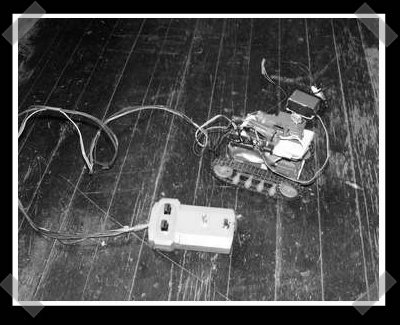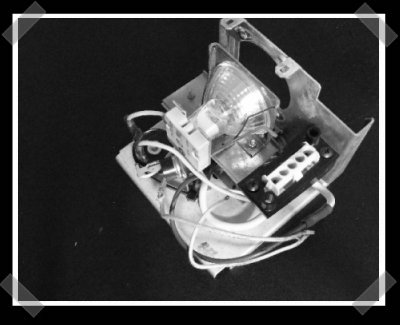
Although we’ve covered DIY ECGs before, [Scott Harden] sent in his version that gives an in-depth explanation of what to do with the collected data. He built a basic battery-powered op-amp-based ECG for under $1. The circuit just amplifies the signal from the chest leads and feeds it into a computer via the microphone port. He then used GoldWave to record, filter, and save the signal. From there, he used python to analyze the heartbeat and calculate his heart rate and further manipulate the data. His previous blog posts go into more detail on how the python code works and why he chose software over hardware filters.
















